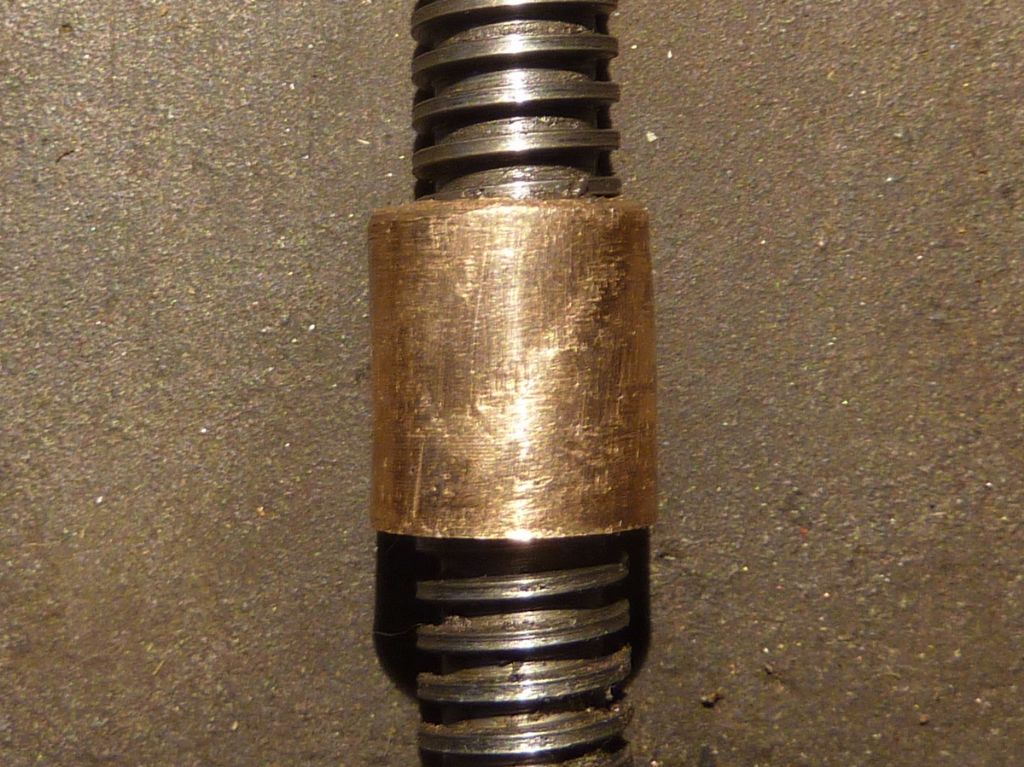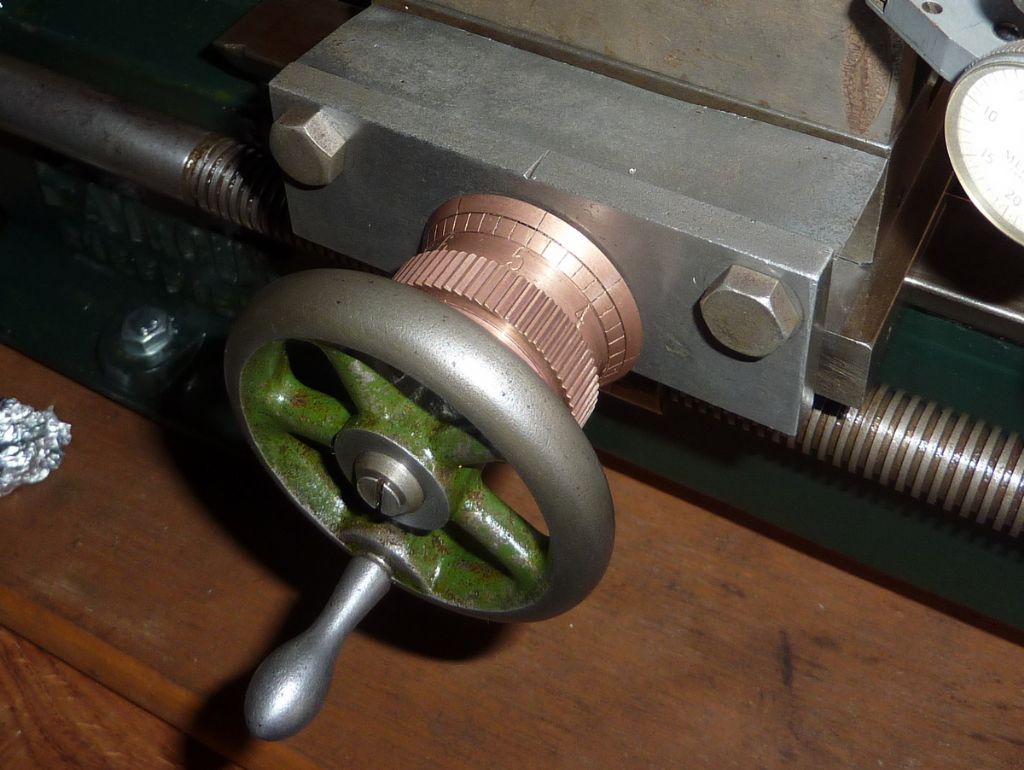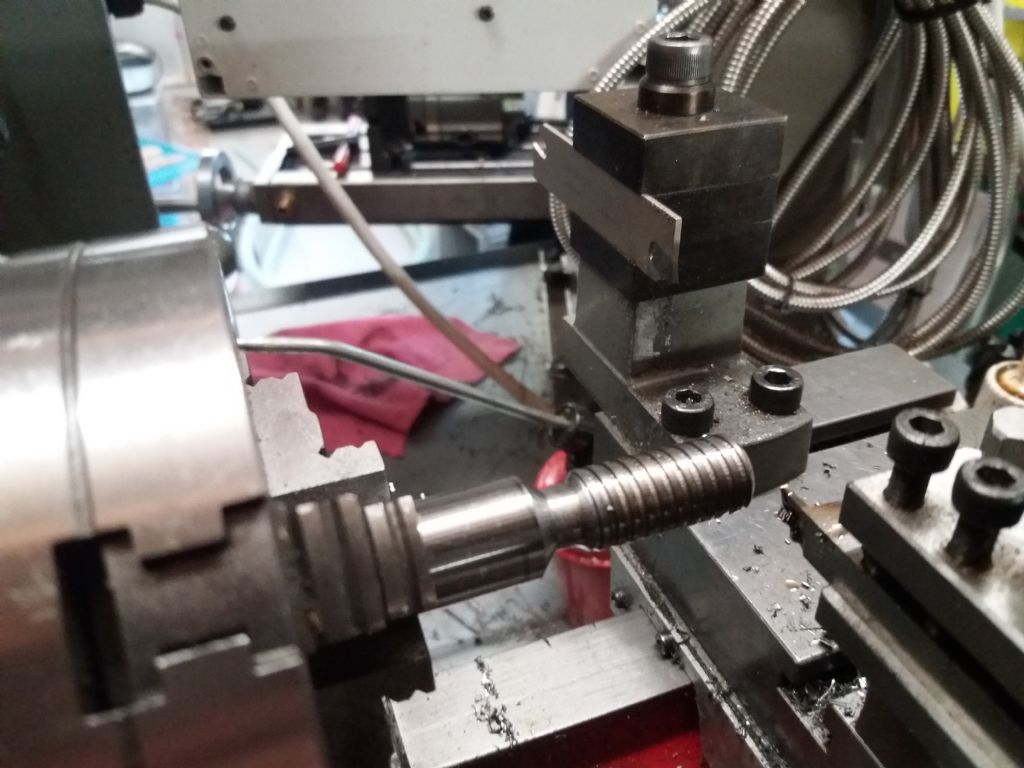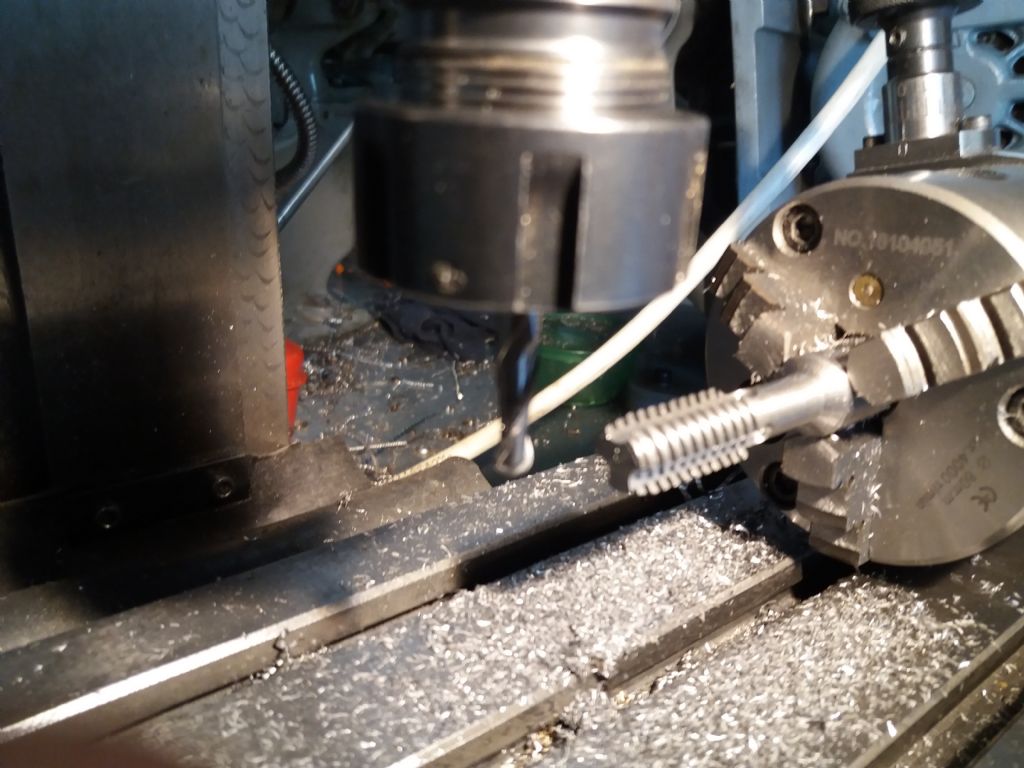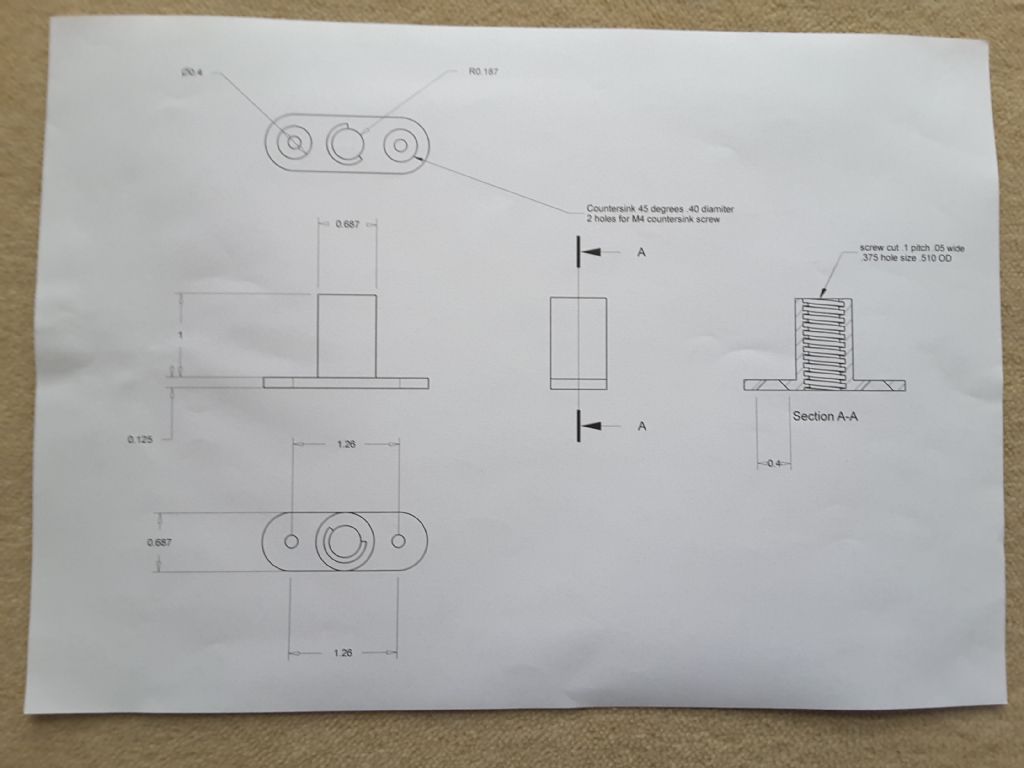Inserted cross slide feed nuts
Inserted cross slide feed nuts
- This topic has 78 replies, 21 voices, and was last updated 12 September 2020 at 23:29 by
 Ady1.
Ady1.
- Please log in to reply to this topic. Registering is free and easy using the links on the menu at the top of this page.
Latest Replies
Viewing 25 topics - 1 through 25 (of 25 total)
-
- Topic
- Voices
- Last Post
Viewing 25 topics - 1 through 25 (of 25 total)
Latest Issue
Newsletter Sign-up
Latest Replies


